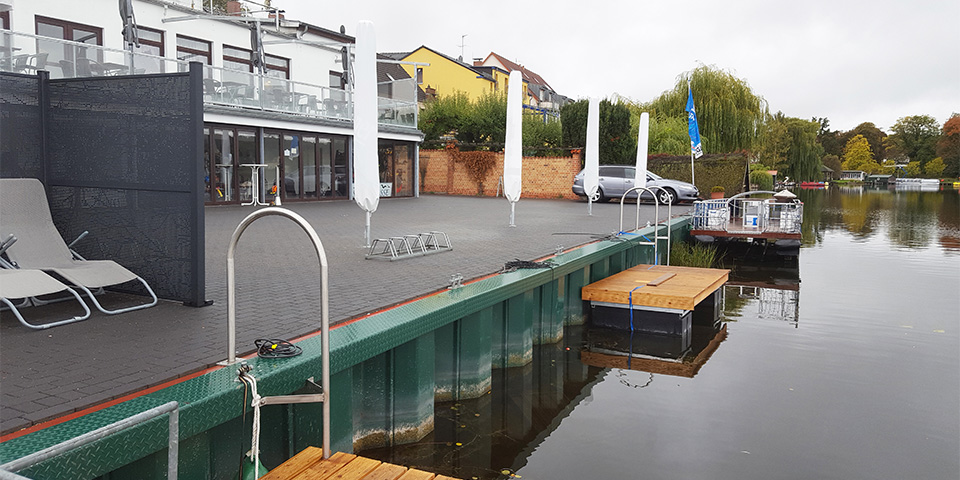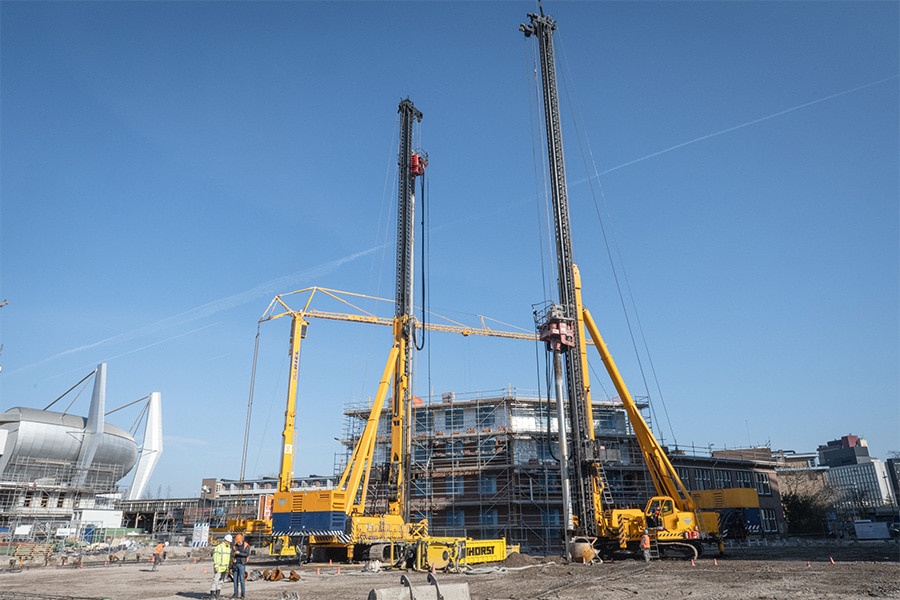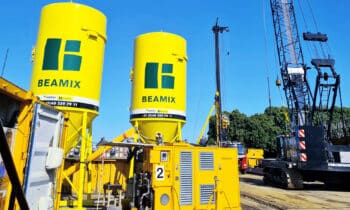
Energy Dam Wall Project to next round
It is very common to drill deep wells for thermal storage of buildings. But why not use the kilometers of sheet piling that go into the ground every year in our water-rich country for this purpose? The Energy Sheet Piling Project wants to get to the bottom of that question.
Almost a year ago, the Energy Sheet Piling Project was presented with the certificate from State Secretary Mona Keizer (Economic Affairs and Climate) that allowed a feasibility study to be started on this new way of generating energy. This involves welding heat and cold pipes directly to a sheet piling. The sheet piling can then become a source of heat and cold for nearby buildings.
Research objective
Initiators for project Energie Damwand are geotechnical consulting firm CRUX Engineering, TU Delft, TU Eindhoven and the Sustainable Energy Group. Together they conducted the first round of the feasibility study. Jacco Haasnoot, director of CRUX Engineering: "The aim was to find out whether sheet pile walls in the banks of waterways can be a source of heat and cold for nearby buildings, whether the system has a detrimental effect on the functions of the sheet pile wall and whether an interesting exploitation model can be built."
Water
The first research phase ended positively. Haasnoot: "Among other things, we wanted to know how the system actually works. Where do you get the most heat from? Is it from the water part or from the ground part? We measured that most of the output comes from the water, which was to be expected. Heat in water continues to flow more easily to the sheet piling, whereas in the ground, a kind of resistance builds up over time, reducing performance. You also see this temperature drift occur in ground wells of CHP plants."

The application possibilities of the Energy Dam Wall in Nederland-waterland are vast.
Maths
It also looked at the operation of energy dam walls. How can you supply heat? How can you make money from it? And what is the perspective over a 20-year period? "The advantage of the energy dam wall is that you hitch a ride on projects where dam walls are being used," Haasnoot says. "All you have to do is weld the heat exchangers onto the sheet piles and connect them. We calculated it for a new construction project in Delft with 100 apartments of 80 m² near a quay wall of 150 meters in length. Here the energy dam wall would be sufficient to supply the energy for the underfloor heating, tap water and passive cooling. We also looked at the application in Amsterdam, but there they are working with L-walls on concrete piles and buildings with far too high a heat demand, so you can't do it there with energy alone.
from sheet piling."
Second Round
"We are now through to the second round and that means conducting a pilot, a project put out by a province. Sheet pile supplier Gooimeer, licensee for the patent in the Netherlands, has now joined. We are also exchanging knowledge with Germany, where two projects are already running with positive results. If it works there, surely it must get off the ground in the water-rich Netherlands as well?"




